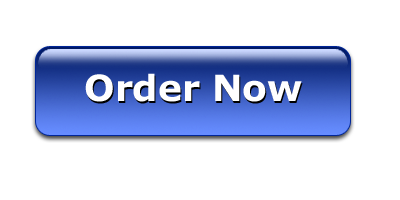Communication Analysis
Part 1: Collect examples of barriers (inhibitors) to written and verbal communication occurring in the workplace. The communications you collect can be from documents, conversations, or meetings.
Types of communication barriers and examples can be found in these links:
http://www.marin.edu/buscom/index_files%5Cpage565.htm
http://cte.uwaterloo.ca/teaching_resources/tips/effective_communication_barriers_and_strategies.html
http://ezinearticles.com/?The-Barriers-to-Effective-Communication&id=1210011
Part 2:After you’ve collected at least 5-10 communication samples, identify the inhibitors they represent and define the inhibitors in a bullet-list. The definition you provide should identify the general characteristics of the inhibitor and how it works to impede communication.
Part 3:Analyze the communication samples you have collected in a table with three columns:
1. Communication example either as a direct quote or paraphrase
2. Name of the inhibitor(s) at work in the sample
3. Justification of your selection of the inhibitor(s).
Part 4:Using a scale of 1 to 100, rank your organization’s communication effectiveness. Justify and explain the score your award.
Details:Microsoft Word document or equivalent but no PDFs. Use styled headings, block paragraph format, bullet list and table; single-spaced.
"You need a similar assignment done from scratch? Our qualified writers will help you with a guaranteed AI-free & plagiarism-free A+ quality paper, Confidentiality, Timely delivery & Livechat/phone Support.
Discount Code: CIPD30
WHATSAPP CHAT: +1 (781) 253-4162
Click ORDER NOW..

